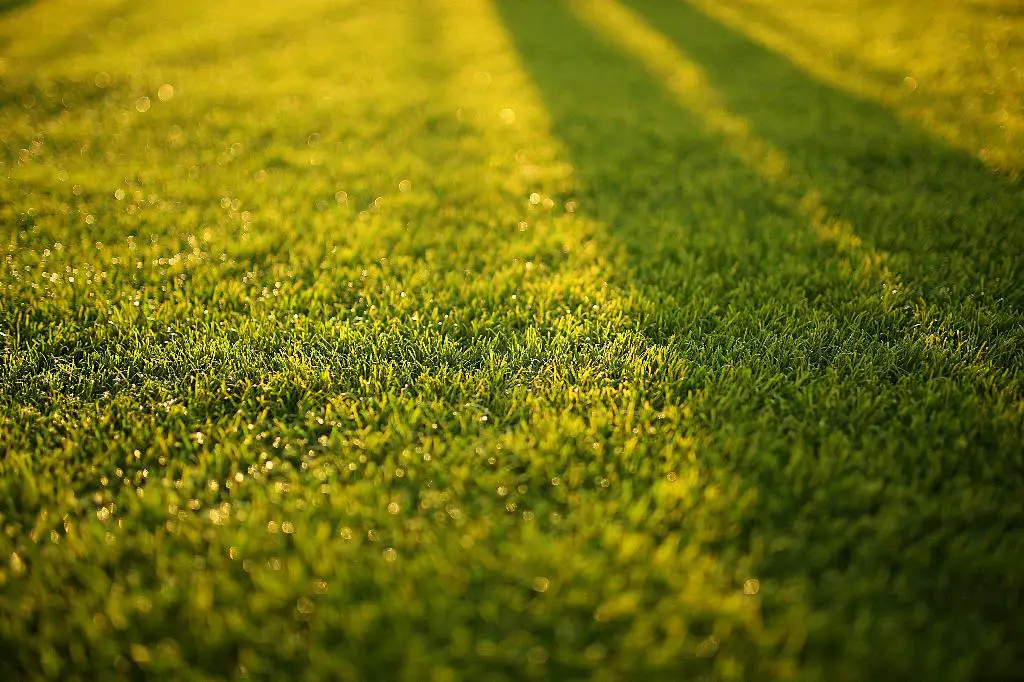When you choose to forego mowing your lawn, you are embracing a practice known as “No-Mow.” This decision can lead to a variety of outcomes, both positive and negative, for your yard. Let’s explore some of the consequences of allowing your grass to grow freely without regular cutting.
One of the first things that will happen when you stop mowing your lawn is that the grass will continue to grow unchecked. Without regular trimming, the height of the grass will increase, and the blades will begin to sprawl outwards, creating a more natural, unkempt appearance.
As the grass grows taller, it will eventually reach a point where it begins to produce seeds. This seed production may lead to the spread of grass throughout your yard, potentially resulting in the development of uneven patches and a less uniform lawn overall.
With the increased height of the grass, you may also start to notice changes in the biodiversity of your lawn. Different types of wildflowers, clovers, and other plants may begin to pop up among the taller grass, adding a more diverse range of vegetation to your outdoor space.
One of the benefits of allowing your lawn to grow without mowing is the potential to create a habitat for pollinators and other beneficial insects. Taller grass provides shelter and food sources for these creatures, which can contribute to a more ecologically diverse and balanced yard.
However, there are also downsides to neglecting your lawn in terms of maintenance. Tall grass can become a breeding ground for pests like mosquitoes and ticks, increasing the risk of insect-borne diseases and making your outdoor space less hospitable for human use.
Furthermore, taller grass can become a fire hazard, especially in dry environments. Overgrown lawns are more prone to catching fire and spreading flames rapidly, posing a danger to your property and neighboring homes.
From a visual perspective, an unmowed lawn can give off an impression of neglect and disarray. While some may appreciate the natural, wild look of a No-Mow lawn, others may find it unsightly and unkempt, potentially affecting the overall aesthetics of your property.
Another important consideration is the impact of tall grass on lawn health. Without regular mowing, the lower portions of the grass may become shaded and deprived of sunlight, leading to decreased photosynthesis and potentially weakening the grass roots over time.
On the flip side, allowing your lawn to grow without mowing can also save you time and effort on lawn care maintenance. If you prefer a more hands-off approach to yard work and are looking to decrease your carbon footprint by reducing gas-powered mower usage, a No-Mow lawn may be a suitable option for you.
Overall, the decision to not mow your lawn comes with a range of potential consequences, both positive and negative. By weighing the benefits of increased biodiversity and ecological diversity against the risks of pest infestations and fire hazards, you can determine whether a No-Mow lawn is the right choice for your outdoor space.

